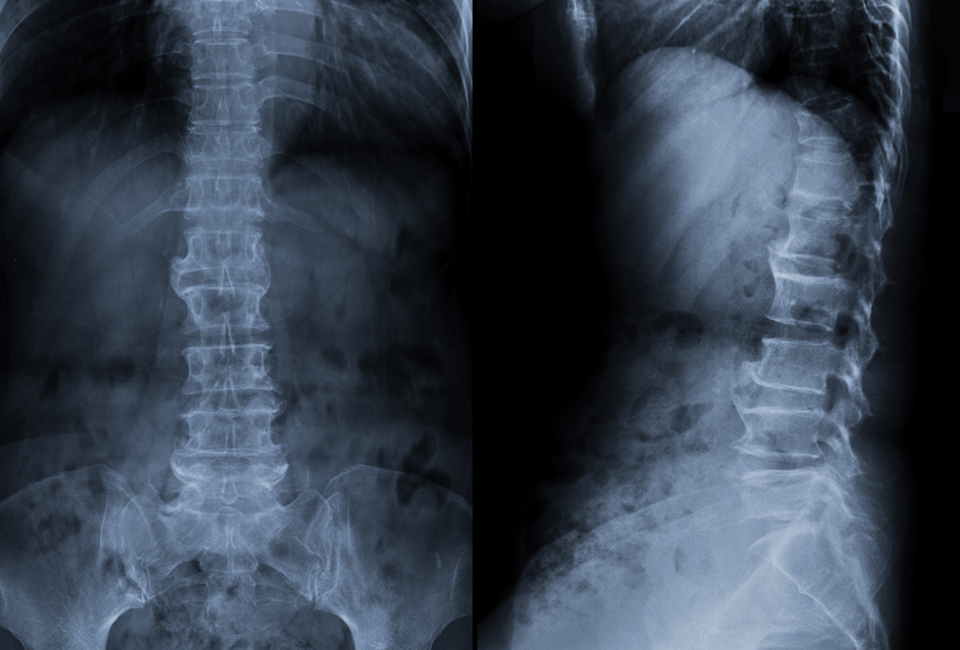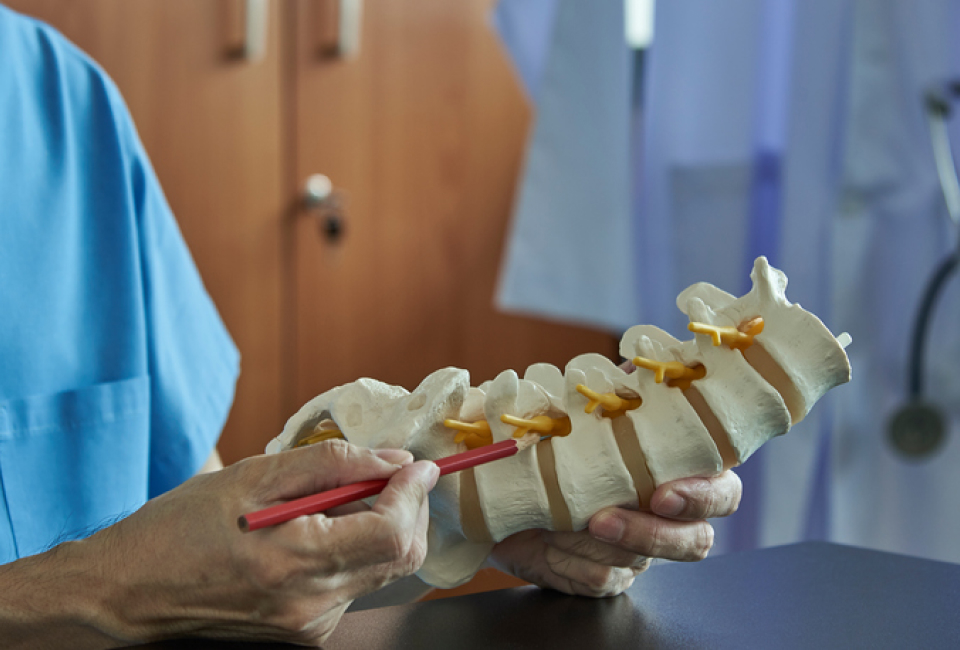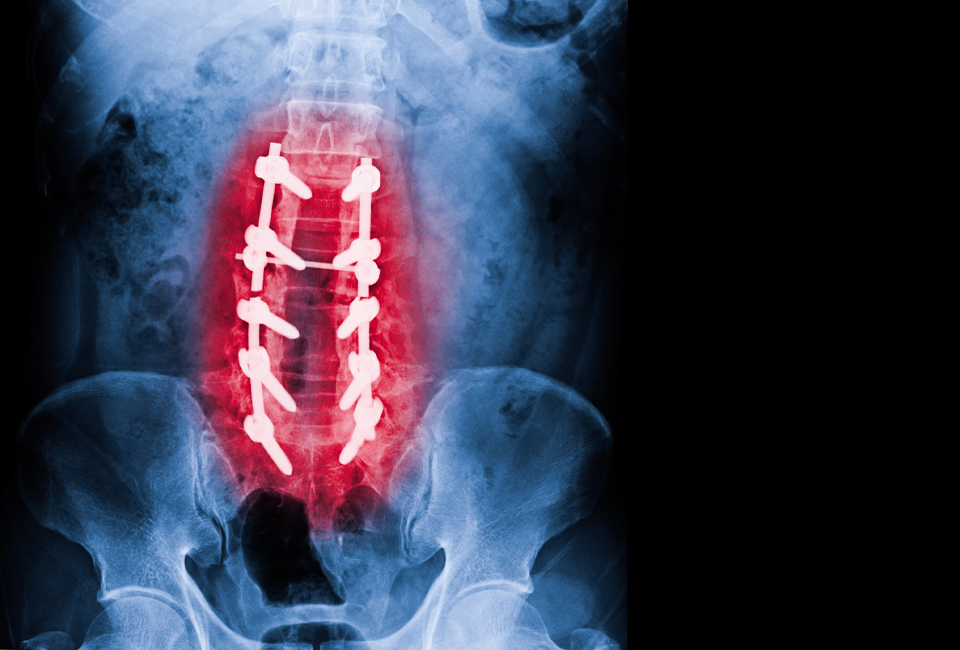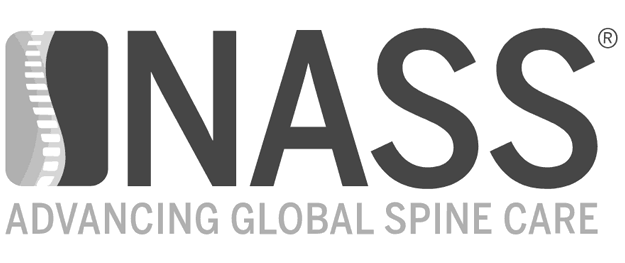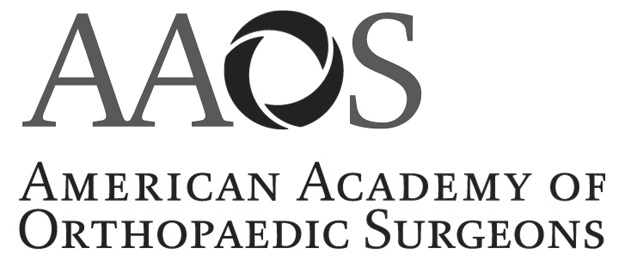CONDITIONS EXPLAINEDAdult Spinal Deformity
CONDITIONS EXPLAINEDAdult Spinal Deformity
Spinal deformity can have a major impact on patient quality of life, and is characterized by a deviation of greater than 10 degrees from norm.
Patients presenting with this condition usually fall into one of five categories:
- Existing deformities from childhood or adolescence that may have progressed.
- Deformities resulting from trauma or wear and tear, as in patients with arthritis.
- Poor bone quality, such as in osteoporosis.
- A focal problem, like that of a single intervertebral disc, which over time can progress to much greater dysfunction of the vertebral column.
- Past spine surgery and accelerated wear and tear.
Pain and disability are typically the primary issues on presentation, and are important to differentiate to reach a satisfactory level of therapy. Disability due to pain may be managed with medications to improve patient quality of life. Disabilities not related to pain but misalignment, however, may need to be specifically addressed to achieve patient care objectives.
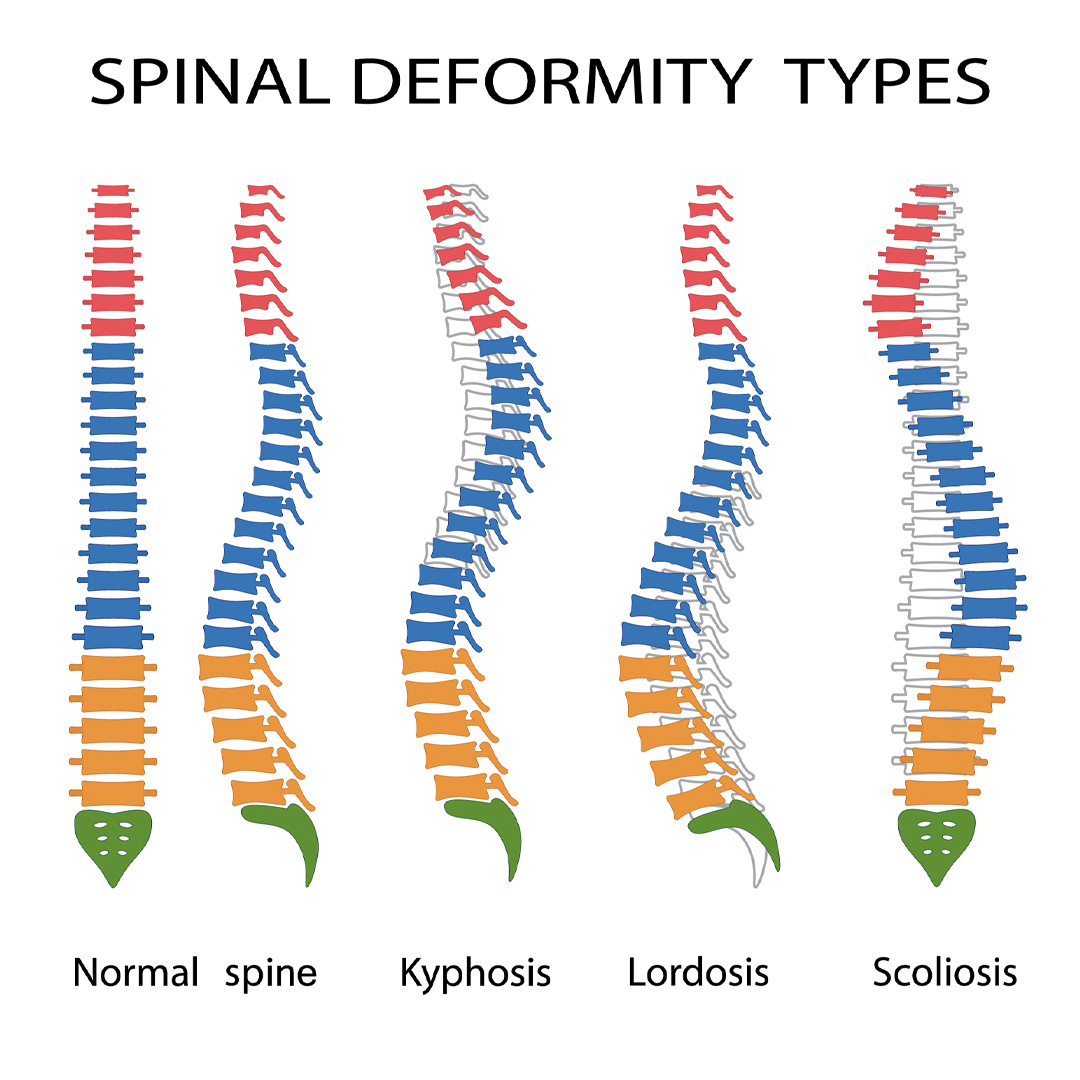
Spinal deformity can have a major impact on patient quality of life, and is characterized by a deviation of greater than 10 degrees from norm.
Patients presenting with this condition usually fall into one of five categories:
- Existing deformities from childhood or adolescence that may have progressed.
- Deformities resulting from trauma or wear and tear, as in patients with arthritis.
- Poor bone quality, such as in osteoporosis.
- A focal problem, like that of a single intervertebral disc, which over time can progress to much greater dysfunction of the vertebral column.
- Past spine surgery and accelerated wear and tear.
Pain and disability are typically the primary issues on presentation, and are important to differentiate to reach a satisfactory level of therapy. Disability due to pain may be managed with medications to improve patient quality of life. Disabilities not related to pain but misalignment, however, may need to be specifically addressed to achieve patient care objectives.

Experiencing Symptoms of Adult Spinal Deformity?
Detection & Diagnosis
Adult spinal deformity is a complex condition that usually involves multiple points of failure over an extended period of time. As such, diagnosis may require multiple modes of imaging to provide a complete picture of the problem and its course of development. Many pathologies may be involved in the development of spinal deformities, making the diagnostic process much more involved than in other conditions of the spine. Imaging modalities may include:


